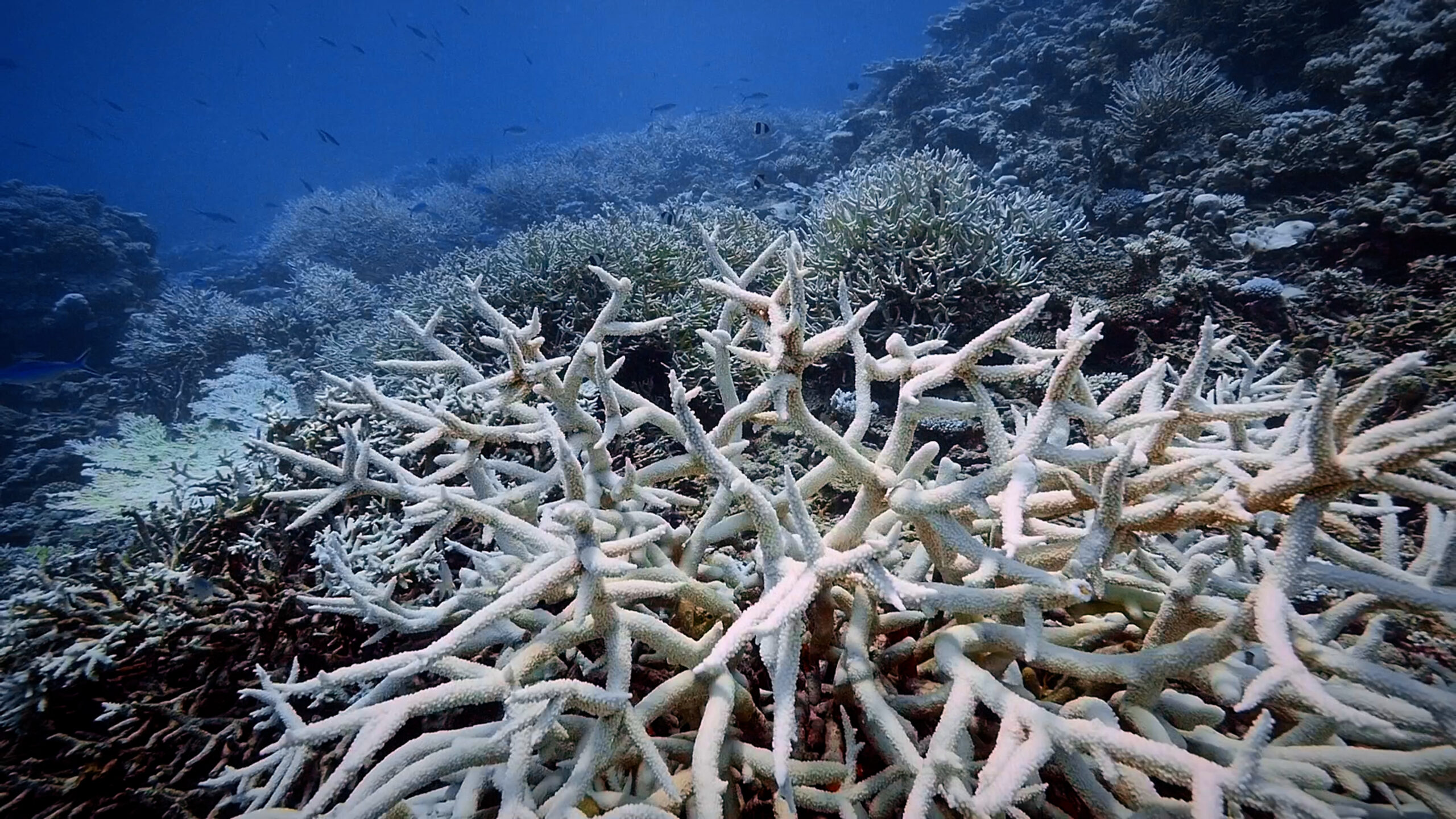Corals are known for their vibrant hues, but when they get stressed, they turn a ghostly white in a process known as coral bleaching. To appreciate why this happens, you need to understand the unique relationship that forms the basis of coral reefs.
Most coral colonies are hard, limestone skeletons populated by soft-bodied animals called polyps, which look like tiny anemones. The polyps themselves are transparent, but they have colorful, photosynthetic algae that live within their cells called zooxanthellae. These algae produce sugars that provide the polyps with more than 90 percent of their food. But if temperatures get too high, the algae begin to produce harmful chemicals —that’s why the polyps expel their algae partners and initiate bleaching.
If temperatures quickly drop back down to tolerable levels, bleached corals can recover their algae and carry on producing food. But if temperatures stay too high for too long, the polyps will die. That’s why it’s so important to understand how much heat different corals can tolerate — especially as global temperatures rise due to climate change — and find techniques to help coral reefs become more resilient.
You can learn more about an exciting effort to breed more resilient corals in Hawaii in our Wild Hope episode, “Coral Comeback.”
